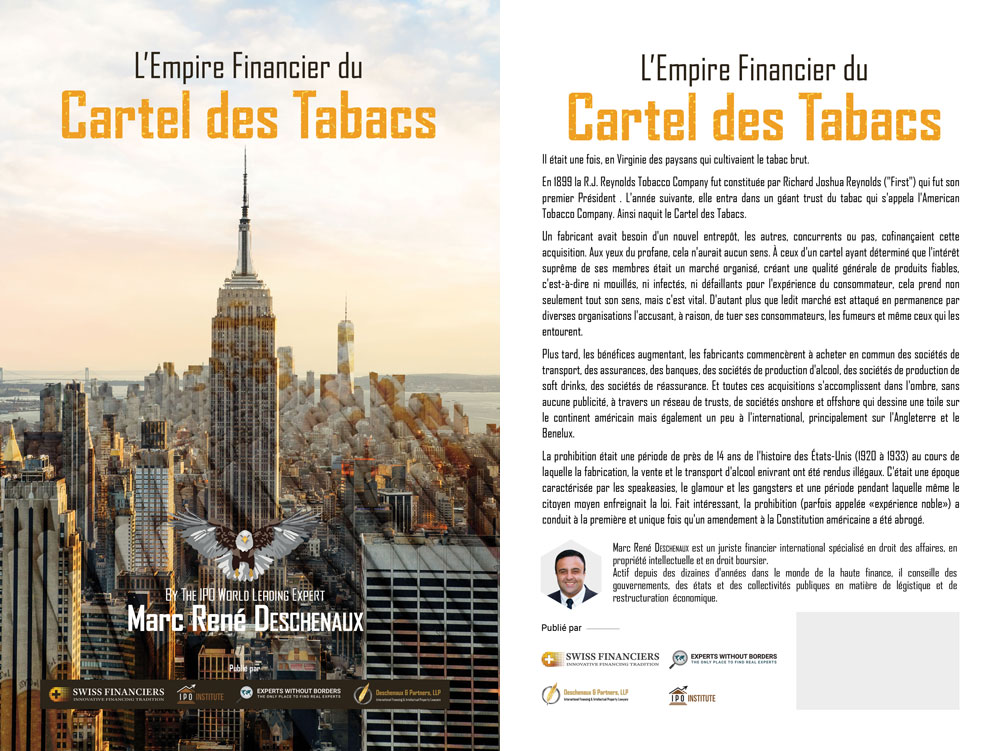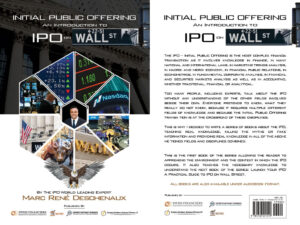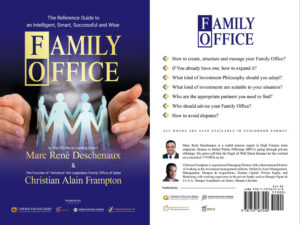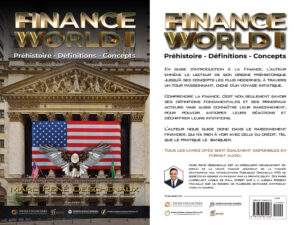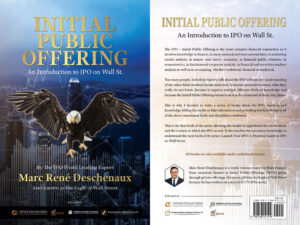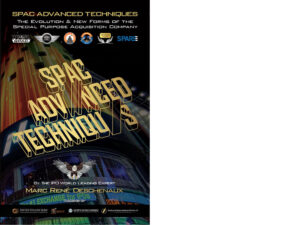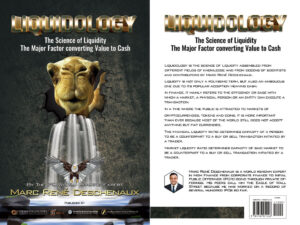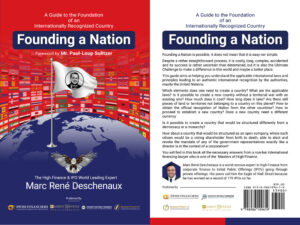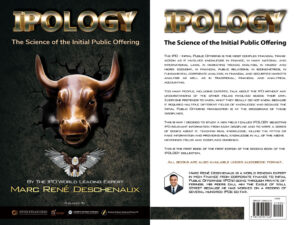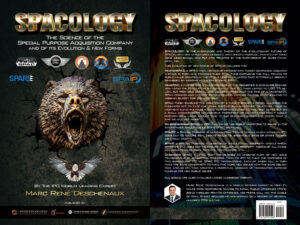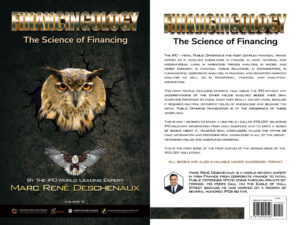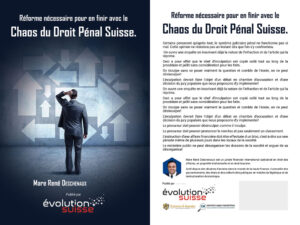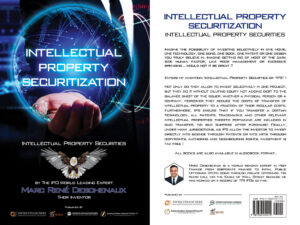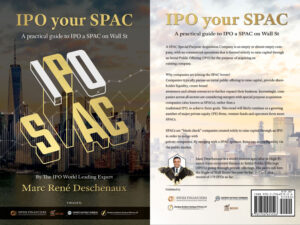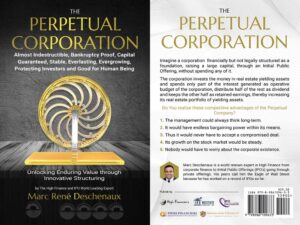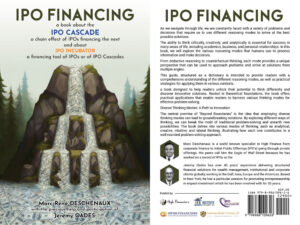L’Empire Financier du Cartel des Tabacs
Once upon a time, there were farmers in Virginia who grew raw tobacco.
In 1899 the R.J. Reynolds Tobacco Company was incorporated by Richard Joshua Reynolds (“First”) who was its first President. The following year she joined a giant tobacco trust called the American Tobacco Company. Thus was born the Tobacco Cartel.
A manufacturer needed a new warehouse, the others, competitors or not, co-financed this acquisition. To the layman, this would make no sense. To those of a cartel that has determined that the supreme interest of its members is an organized market, creating a general quality of products that are reliable, i.e. not wet, not infected, not failing for the consumer experience , it not only makes sense, but it’s vital. Especially since said market is constantly attacked by various organizations accusing it, rightly, of killing its consumers, smokers and even those around them.
Later, as profits increased, manufacturers began to jointly buy transport companies, insurance companies, banks, alcohol production companies, soft drink production companies, reinsurance companies. And all these acquisitions are made in the shadows, without any publicity, through a network of trusts, onshore and offshore companies which draws a canvas on the American continent but also a little internationally, mainly in England and Benelux.
Prohibition was a nearly 14-year period in United States history (1920 to 1933) during which the manufacture, sale, and transportation of intoxicating alcohol was made illegal. It was an era characterized by speakeasies, glamour, and gangsters and a time when even the average citizen broke the law. Interestingly, Prohibition (sometimes referred to as the “noble experiment”) led to the first and only time an amendment to the U.S. Constitution was repealed.

